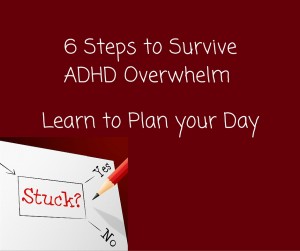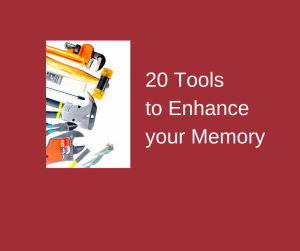Welcome to all of you.
 This month I want to address the value of simplifying the holidays and everyday chores. We also have ideas for discovering your strengths and creating a life that features your best qualities.
This month I want to address the value of simplifying the holidays and everyday chores. We also have ideas for discovering your strengths and creating a life that features your best qualities.
Holidays are a break from everyday routines. They are therefore an extra challenge to normal coping skills for people with ADHD. The lack of structure and increased social demands can be a problem for both kids and adults. Christmas is next week. How are YOU doing?
I hope that whatever holiday you celebrate, this season is a time of joy and communion with loved ones. Some of you may be excited and easily manage the many tasks involved, while others feel overwhelmed by the upcoming holidays and all its physical and social trappings. To keep your mental and physical energy at comfortable levels, you may have to simplify.
That doesn’t mean you have to drop everything from your schedule. But by thinking ahead, choosing your activities carefully, you can help your family enjoy the most important traditions while feeling safe and able to keep difficult emotions under control.
This newsletter comes too late to help you simplify the holidays this year, but I have a Printable from Andrea Dekker, Simple Steps for Staying Organized, that will guide you every day. It starts, “If you open it, close it. If you drop it, pick it up. If you try it on, put it away…” I keep a copy on my refrigerator. Amazing what a daily reminder can do to inspire action.
I did find an article by Katherine Quie with some great ideas for helping children and their parents cope with family get-togethers. My Top Ten Suggestions on How to Survive and Thrive During the Holidays.
Please see my Pinterest Board, Holidays and other Celebrations for many more ideas.
Strength-based treatments and self-advocacy
Trusting my abilities despite still needing to work on certain areas doesn’t come easily. Because of the erratic nature of whether I am capable of handling routine, boring, or difficult work on schedule, I have devalued the progress I have made. I ignore my talents and areas of strength. Coach Linda Walker writes on the importance of strengths and self-advocacy for both adults and children. Don’t miss her Twelve Great Strategies that Help ADHDers Thrive.
1. Take advantage of your strengths.
2. Surround yourself with people who can embrace your differences and who accept you for who you are and for what you are not…. and
12. The most important: laugh.
When we are interested or challenged by a project, most of us find that in those situations, our mind works well and we can shine. The best strategies build on your natural interests and skills.
To explore your best qualities, see my collection of resources, Self Advocacy for ADHD: Know yourself – Tools for self-discovery. You’ll find many more articles on discovering and using your strengths on the website.
– Be the Best Version of Yourself: Explore your Strengths by Marla Cummins
– Encouraging Self-Advocacy in Teens
– For younger children, try the VIA Youth Survey – Ages 10 to 17 which examines 24 Character Strengths
– Our ADHD Kids Page is also great for children to explore. It includes a few strengths and talents activities.
There is only so much that medication and remediation techniques can do in addressing those areas where people with ADHD fail. Learning to “lead with your strengths” can make a world of difference.
Enjoy yourself this holiday season,
Take care,
Joan Jager
Created on Canva.com





















